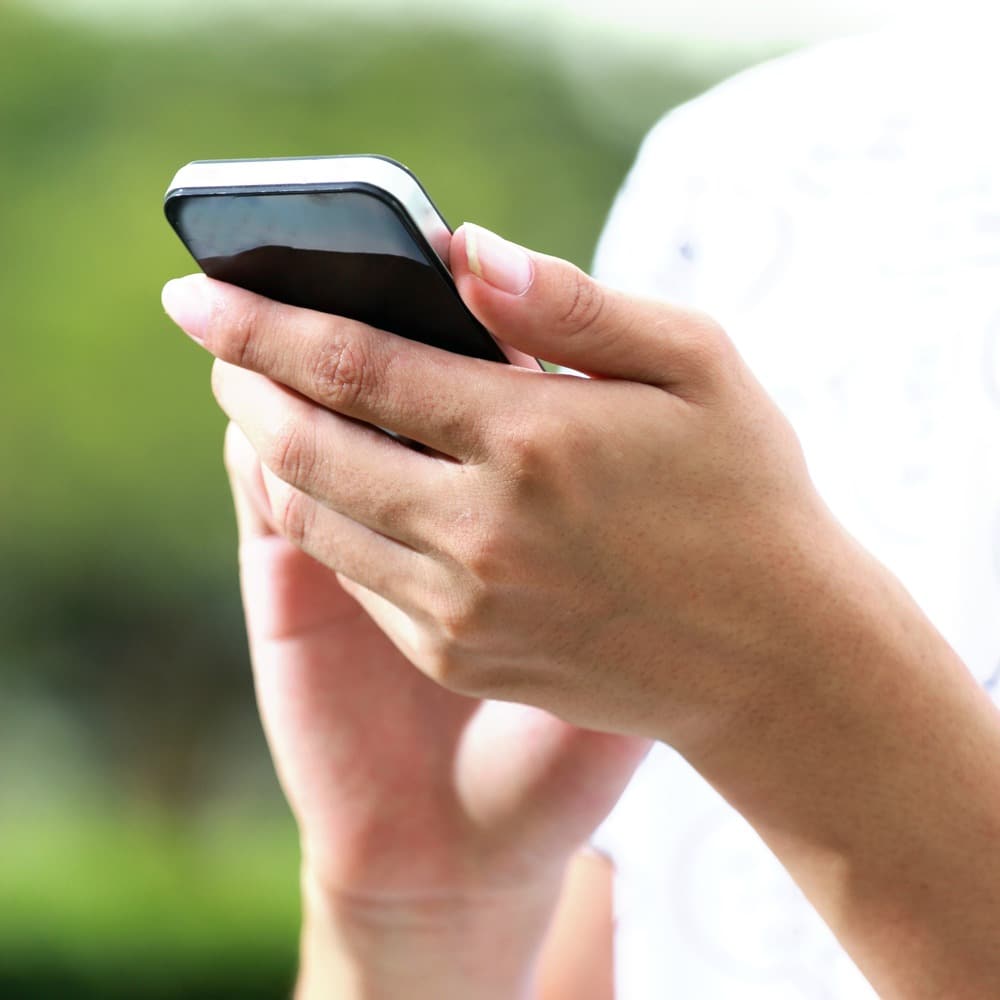Researchers have found that there is an imbalance in the brain chemistry of young people who are addicted to use of their smartphones, devices, and the internet. The team presented the study findings at the Radiological Society of North America.
46% of the Americans polled in a recent study have said that they could not live without their smartphones according to the Pew Research Center. People are becoming more reliant upon and depend on the use of their smartphones or other devices for games, information, directions, news, chatting, photography, and the occasional phone call.
There is a growing concern that people spend too much time online staring at their devices instead of actually interacting with people in real life, especially young people in particular, which brings to question what effects on the brain and long term possible consequences do these actions and habits have.
Hyung Suk Seo, M.D, at the Korea University in Seoul and colleagues conducted a study using magnetic resonance spectroscopy to gain insight into the brains of the technology device addicted youths. MRS is a form of MRI that measures chemical composition of the brain.
With the use of standardized smartphone and internet addiction tests to measure the severity of the internet addiction, researchers used questions that were focused on the extent to which the youths the use of smartphones and internet affected their daily routines, productivity, social life, feelings, and sleeping patterns. Dr. Seo has reported that scores were significantly higher in areas of anxiety, depression, impulsivity, and insomnia in the addicted youths.
Researchers performed MRS exams on the addicted youths prior to and following therapy, and one MRS study on control patients to measure the levels of glutamate-glutamine a neurotransmitter which causes neurons to become more electrically excited, and gamma aminobutyric acid, which is a neurotransmitter in the brain which inhibits brain signals. Past studies have shown that GABA plays a role in motor control and vision, and the regulation of various brain functions such as anxiety.
This study results showed that the ratio of GABA to GIX was significantly increased in the cingulate cortex of the addicted youths prior to therapy, in comparison to that of the healthy controls. According to Dr. Seo the ratios of GABA to glutamate and GABA to creatine were significantly correlated to the clinical scales of the addictions, anxiety, and depression. Having too much GABA can result in having a number of side effects including anxiety, and drowsiness. GABA to GIX ratios in the addicted youths were significantly decreased, or even normalized, after receiving cognitive behavioral therapy.
There is more needed to be done to understand the clinical implications of the studies findings. Seo suggests that the increased GABA in the anterior cingulate gyrus and the addiction may be related to the functional loss of regulation and integration of processing in the emotional and cognitive neural network.




